Explore the application and core advantages of plate heat exchangers in pharmaceutical production processes. JINFAN is committed to ensuring the stability of your system.
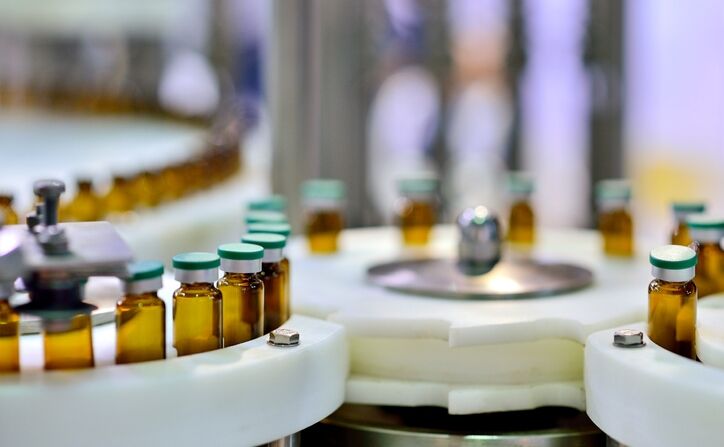
The Pharmaceutical Industry specializes in the research, development, production, and distribution of pharmaceuticals, aiming to improve human and animal health. It plays a vital role in the modern healthcare system. Pharmaceutical production places extremely high demands on hygiene, precision, and process control. Even the smallest deviations can affect the safety and efficacy of drugs. Pharmaceutical production environments must comply with GMP requirements, with equipment and piping designed to be easily cleanable and sterilizable to prevent cross-contamination. Many critical steps in pharmaceutical production, such as fermentation, crystallization, concentration, and purification, rely on stable temperature and pressure environments. Equipment in critical process areas must be constructed of 316L stainless steel or higher. Water for injection (WFI), pure steam, and clean air systems must meet pharmaceutical-grade purity standards. All production processes must be traceable and reproducible. Every piece of equipment and process must undergo qualification and validation.
| Process | Description | Common Equipment |
|---|---|---|
| Fermentation | Cultivation of microorganisms to produce active ingredients. | Bioreactors, heat exchangers |
| Filtration & Purification | Removal of impurities, solids, or microorganisms to purify the product. | Membrane filters, centrifuges |
| Concentration & Crystallization | Solvent removal to obtain the purified product in solid or concentrated form. | Plate or shell-and-tube heat exchangers, evaporators |
| Drying & Sterilization | Moisture removal and microbial inactivation to ensure product safety. | Sterilizers, dryers |
| Filling & Packaging | Final product filling, sealing and sterile packaging for distribution. | Automated filling lines, cleanroom equipment |
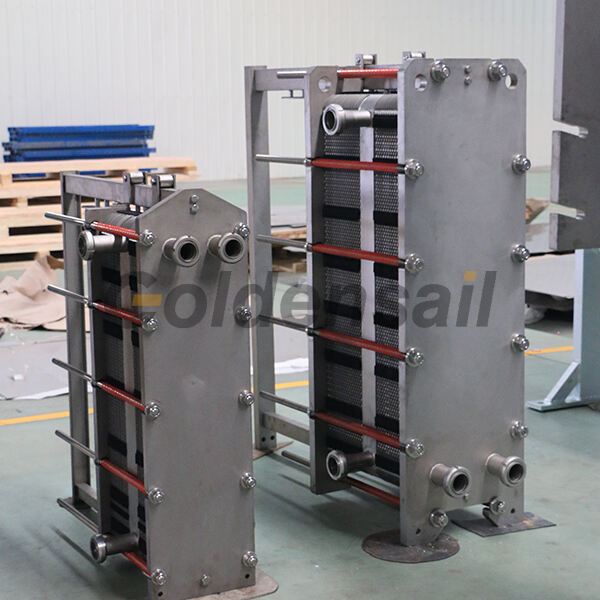
Efficient heat transfer, Precise control, Pure and worry-free
A plate type heat exchanger is a highly efficient heat exchange device assembled from multiple corrugated stainless steel plates. Hot and cold fluids flow through adjacent plate channels, transferring heat through the plates. With its compact structure, high heat transfer efficiency, and minimal footprint, it has become one of the most commonly used heat exchange devices in modern industry. In processes such as pharmaceuticals, food, and bioengineering, which require extremely high cleanliness and precise temperature control, plate frame heat exchangers enable rapid and stable heat exchange. They are also easy to clean and maintain, making them ideal for use in sanitary production environments.
Get in touchOptional hygienic grade plate and gasket material. No dead-corner design, easy for CIP/SIP.
Double Wall plate design guides media to the outside in case of leakage, ensuring the two fluids do not contact.
Compact structural design and highly efficient heat transfer save space and energy.
Fast response speed, easy to achieve precise adjustment of process temperature.
Dismountable structure, convenient for inspection, cleaning, and plate replacement.
Hygienic plate heat exchangers are used to control water temperature during preparation, storage, and distribution to maintain water quality and prevent microbial growth. Made of SS316L material, they ensure corrosion resistance and cleanliness. Double-wall plate heat exchangers prevent contamination of the water system by the heating/cooling media.
Use sanitary plate heat exchangers to sterilize the culture medium at high temperature before entering the fermenter. Precisely control the temperature in the fermenter to maintain optimal microbial/cell growth and activity. The high efficiency of the plate type heat exchanger and Easy to CIP/SIP an advantages.
Use plate heat exchangers to quickly heat cleaning agents or pure water to the required temperature to improve cleaning and sterilization effectiveness. Rapidly cool fermentation tanks or pipelines after SIP to prepare for subsequent production. Plate type heat exchangers can quickly heat or cool fluids to the target temperature to shorten process times.
Plate heat exchangers are used for precise temperature control in key steps such as chemical synthesis, crystallization, and extraction, ensuring process stability and product quality. The appropriate plate material (such as SS316L or special alloys) is selected based on the properties of the solvent or fluid being processed.
Plate heat exchangers serve as intermediate heat exchangers, isolating the central, non-clean heating/cooling system from the clean area's circulating water system. This prevents impurities, rust, or chemicals from penetrating and contaminating the clean area's water system. They also provide stable, clean chilled or hot water for the clean area's air conditioning units (AHUs).
| PHE Type | Key Structural Features | Typical Pharma Applications | Hygiene Level / Cleanability |
|---|---|---|---|
| Gasketed | Gasket-sealed; can be disassembled for cleaning/inspection. | Utility media heat exchange (e.g., cooling water), general process cooling. | General; easy maintenance and inspection. |
| Hygienic | Sanitary gaskets/materials; optimized flow path, no dead legs. | WFI cooling, Pure Steam Condensation, Media Heating, Bioreactor Cooling. | Extremely High; suitable for CIP/SIP. |
| Condenser | Designed for phase change (Gas In, Liquid Out). | Pure Steam Condensation to produce WFI/Purified Water. | Requires sanitary design adherence. |
| Evaporator | Designed for phase change (Liquid In, Steam Out). | Mild concentration processes, solvent recovery. | Design must be tailored to fluid properties (e.g., viscosity). |
| High Pressure | Reinforced structure; often fully/semi-welded to eliminate gasket risk under high pressure. | High-pressure steam or high-pressure process fluid exchange. | Depends on specific structure (gasketed/welded). |
| Wide Gap | Wider plate spacing than standard PHEs; prevents clogging. | Fermentation broth, high-viscosity extracts, fluids containing particulates/fibers. | Good; suitable for particle-containing fluids, reduces fouling. |
| Bloc (Welded Type) | Fully welded structure, no gaskets (except flanges). | High temperature/pressure, handling hazardous media. | Difficult to disassemble/clean, but eliminates gasket leakage risk. |
Choose JINFAN. We're more than just an equipment manufacturer; we're deeply involved in pharmaceutical processes.
All our heat exchangers, from design to manufacturing, strictly comply with major global regulations, including cGMP, FDA, and EMEA. High-grade metal materials with traceable material certificates. FDA-compliant gaskets and advanced sealing technologies ensure long-term operational stability and zero leakage. Our professionals optimize heat exchange processes for pharmaceutical production to ensure system stability.
We provide services throughout the entire equipment lifecycle.
Fast Delivery: We maintain China's largest inventory of plates and accessories, ensuring rapid response and minimal downtime.
Professional On-site Support: Our team of engineers, with extensive pharmaceutical production experience, can provide installation guidance, operational optimization, and regular maintenance services.
Customized Solutions: We can provide optimized, customized heat exchange solutions tailored to your unique process fluids and complex plant layouts.
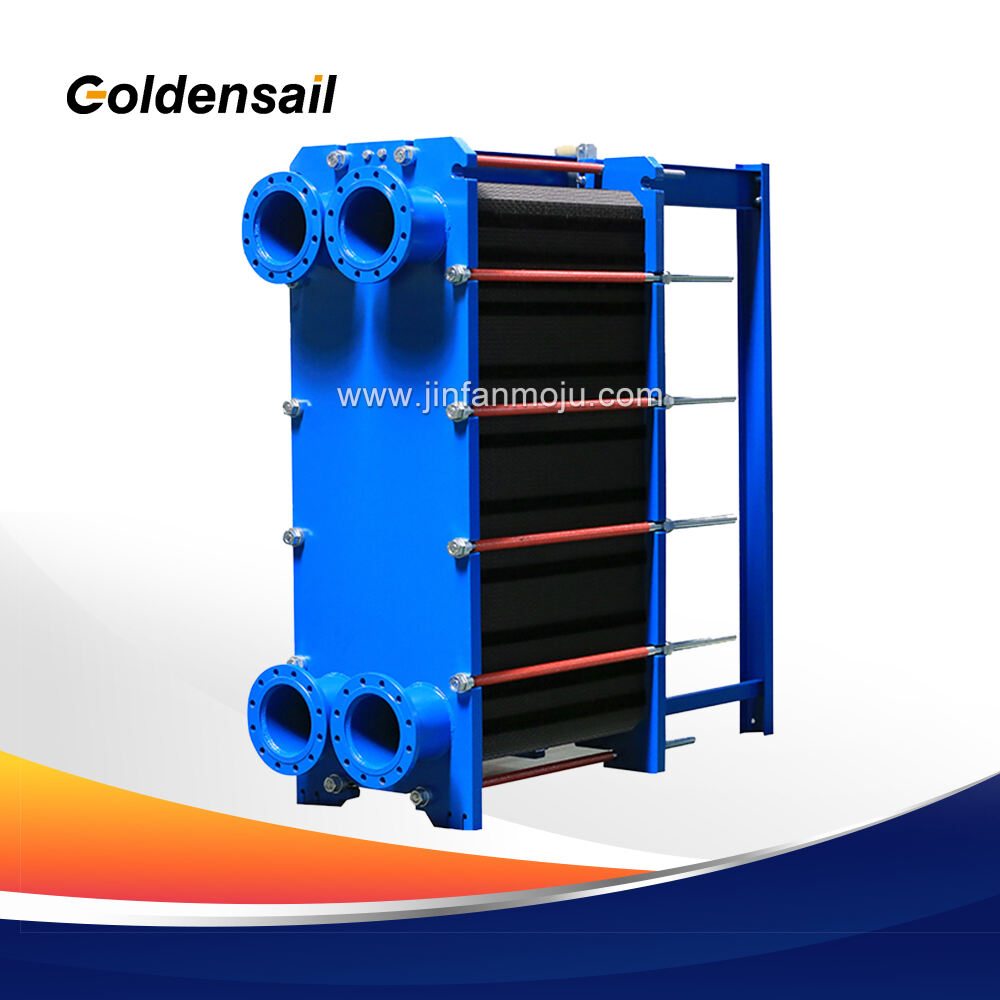
Removable for easy maintenance and inspection. We offer hundreds of plate types, multiple materials, and multiple gasket models.
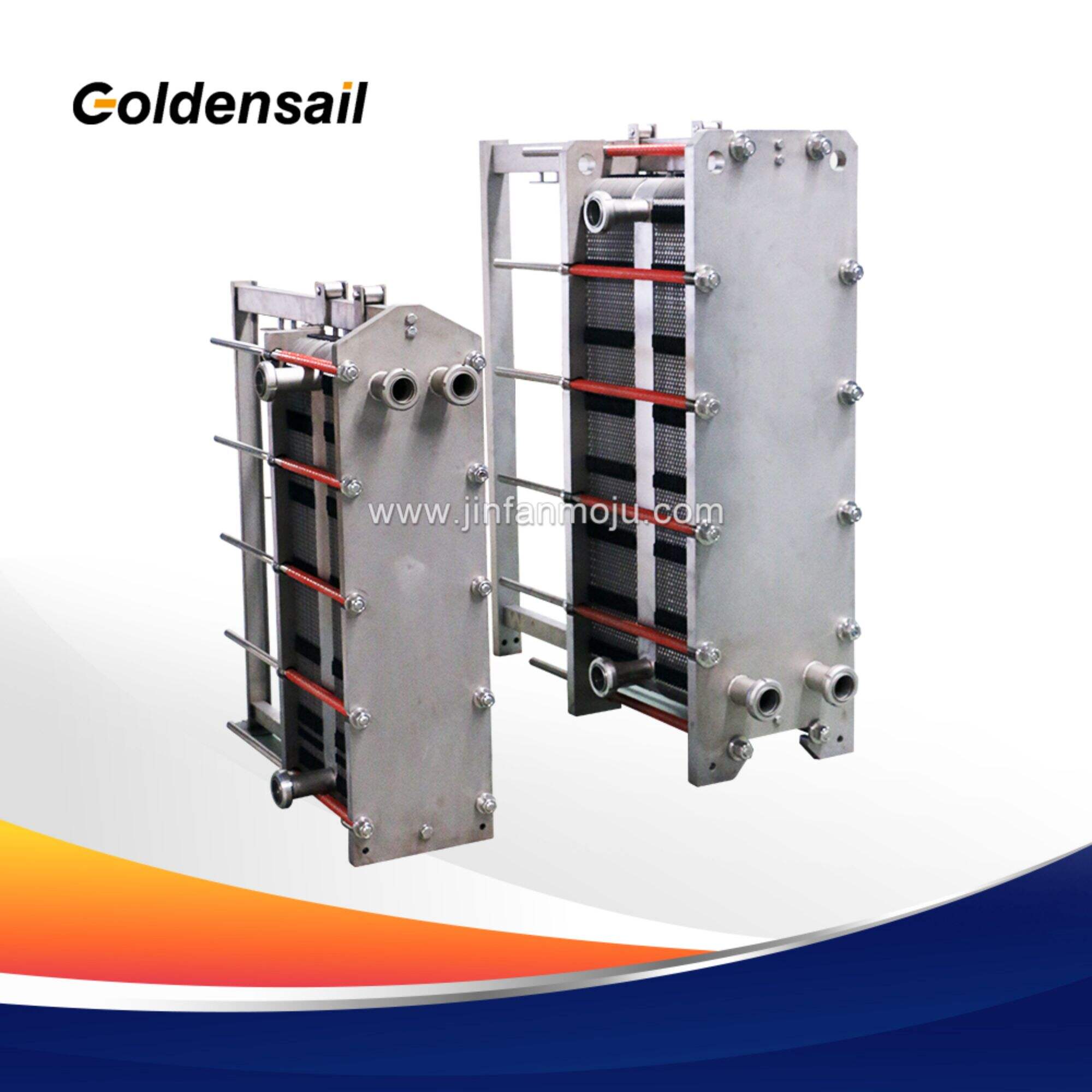
Made of food-grade materials and designed without dead angles, it is of high standard and has zero risk of contamination.
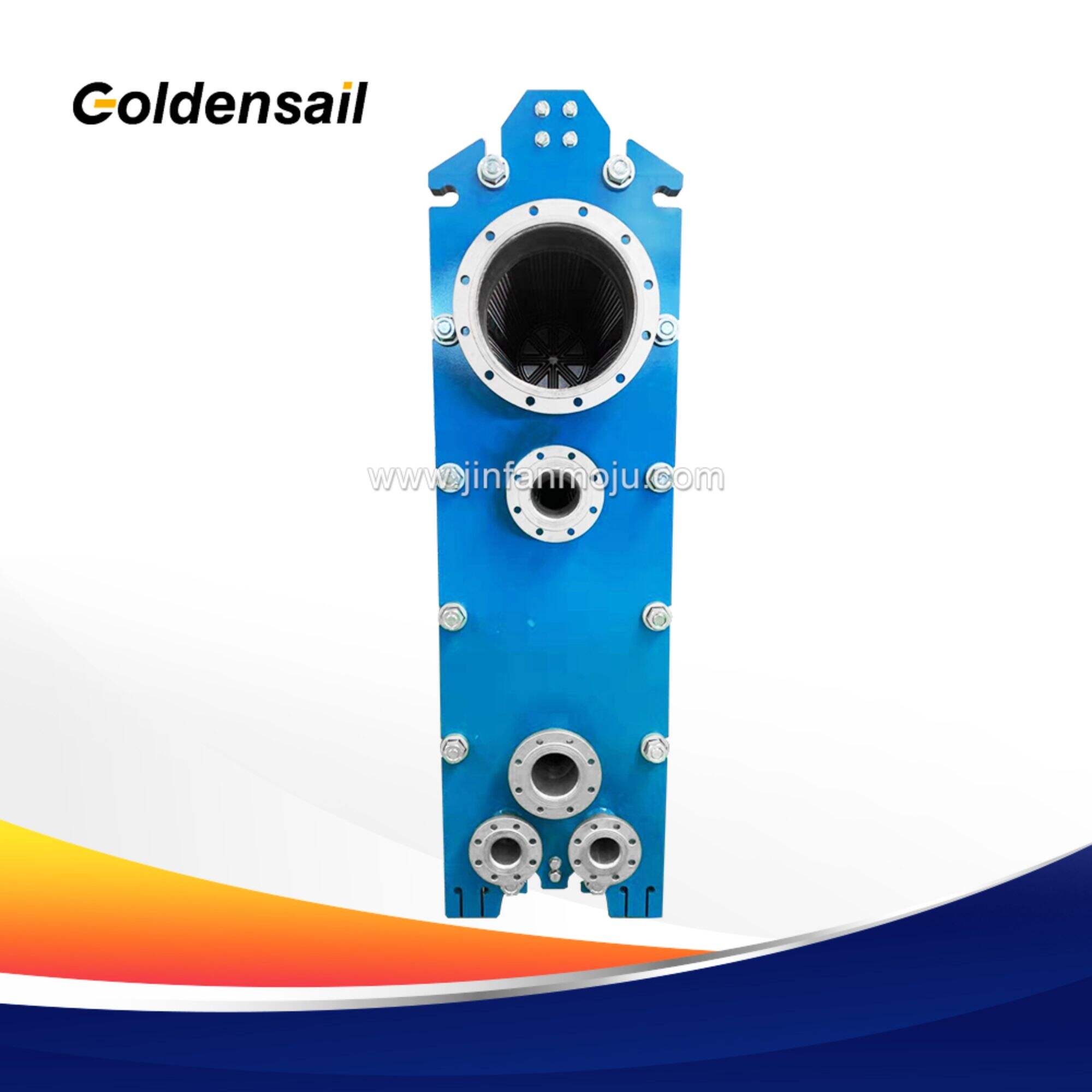
Specially manufactured for phase change processes such as steam condensation, achieves extremely high heat recovery.
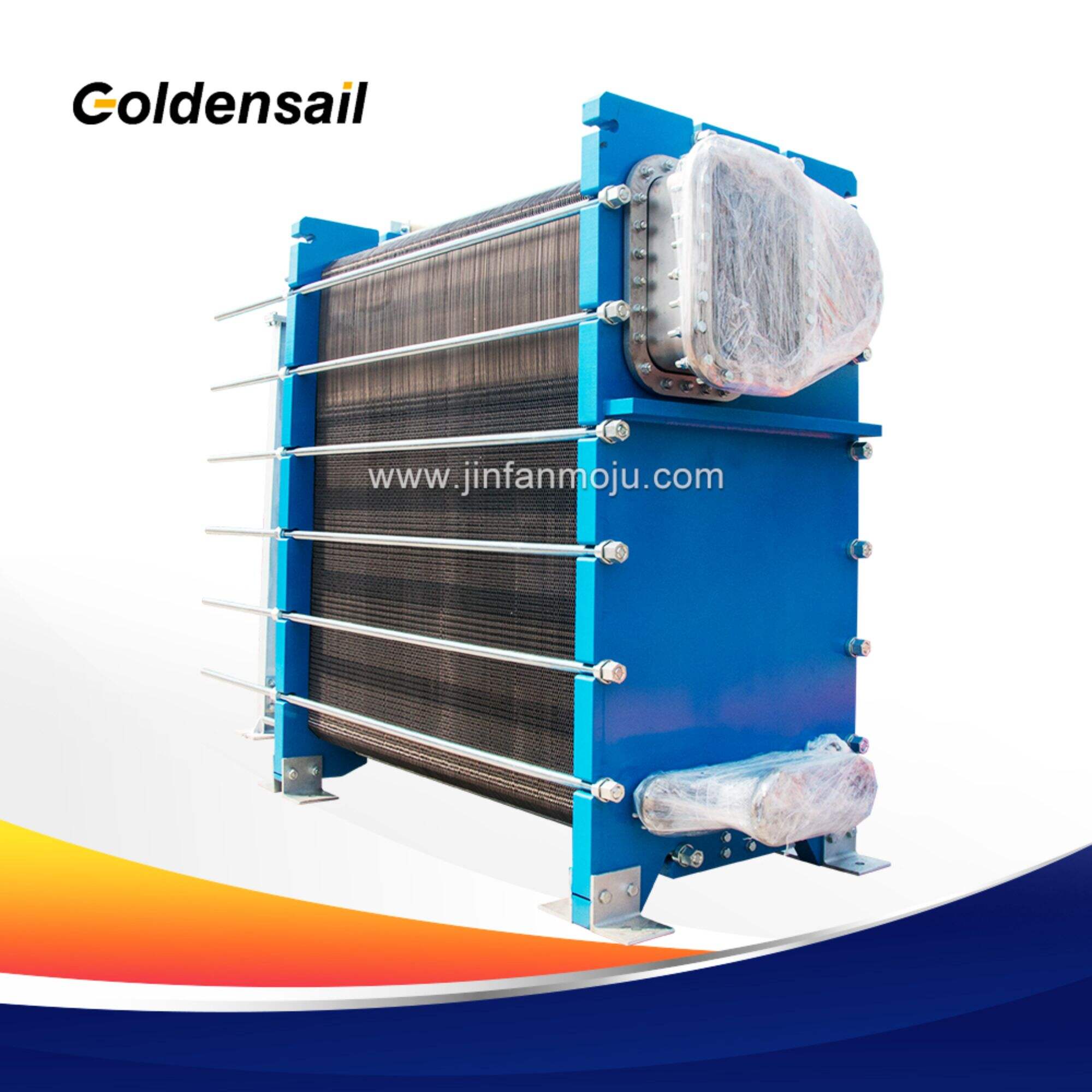
Specially designed and manufactured for liquid evaporation, the special flow channel design can achieve extremely high heat transfer efficiency.
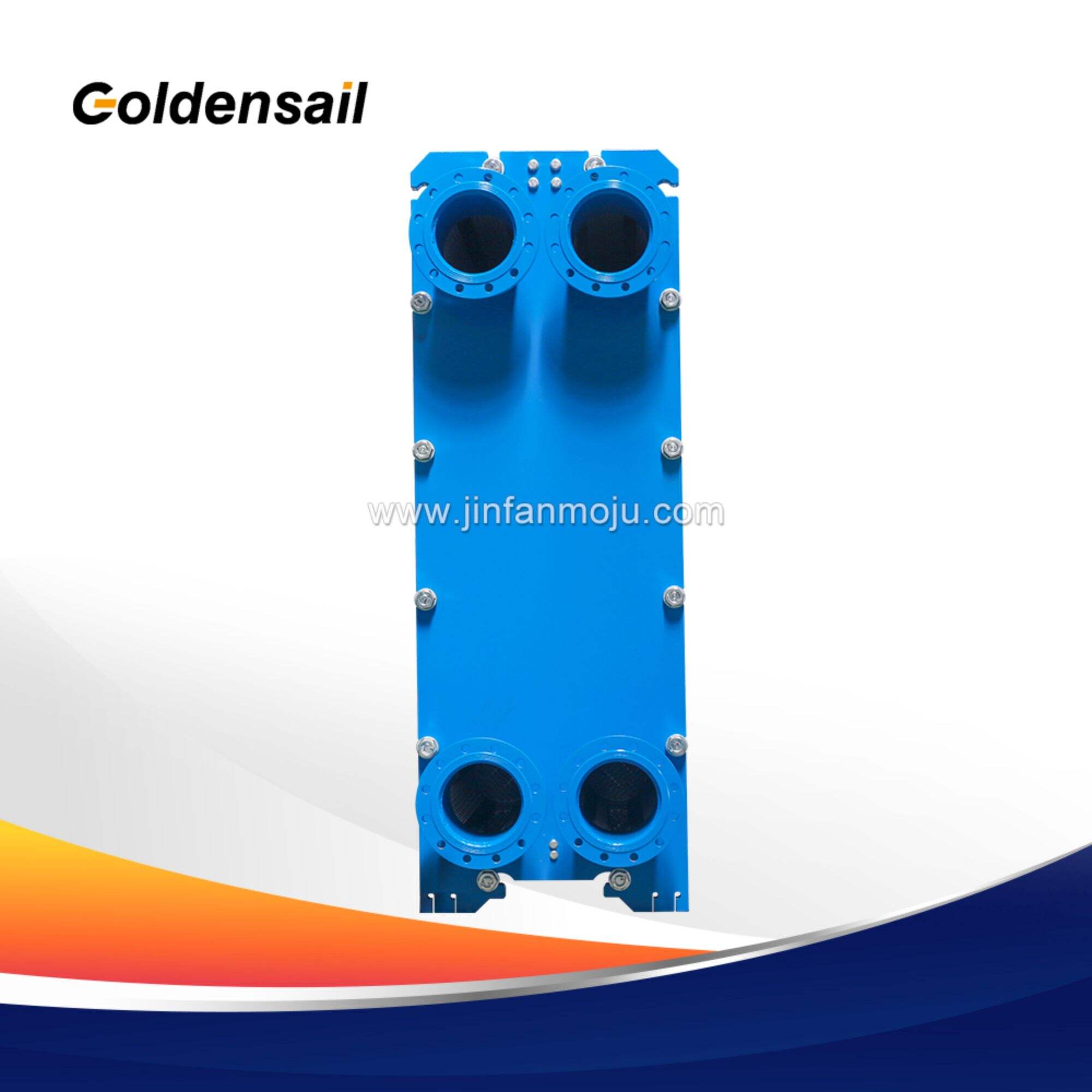
Even if leakage occurs, the medium will leak into the middle monitoring area instead of directly entering the fluid on the other side.
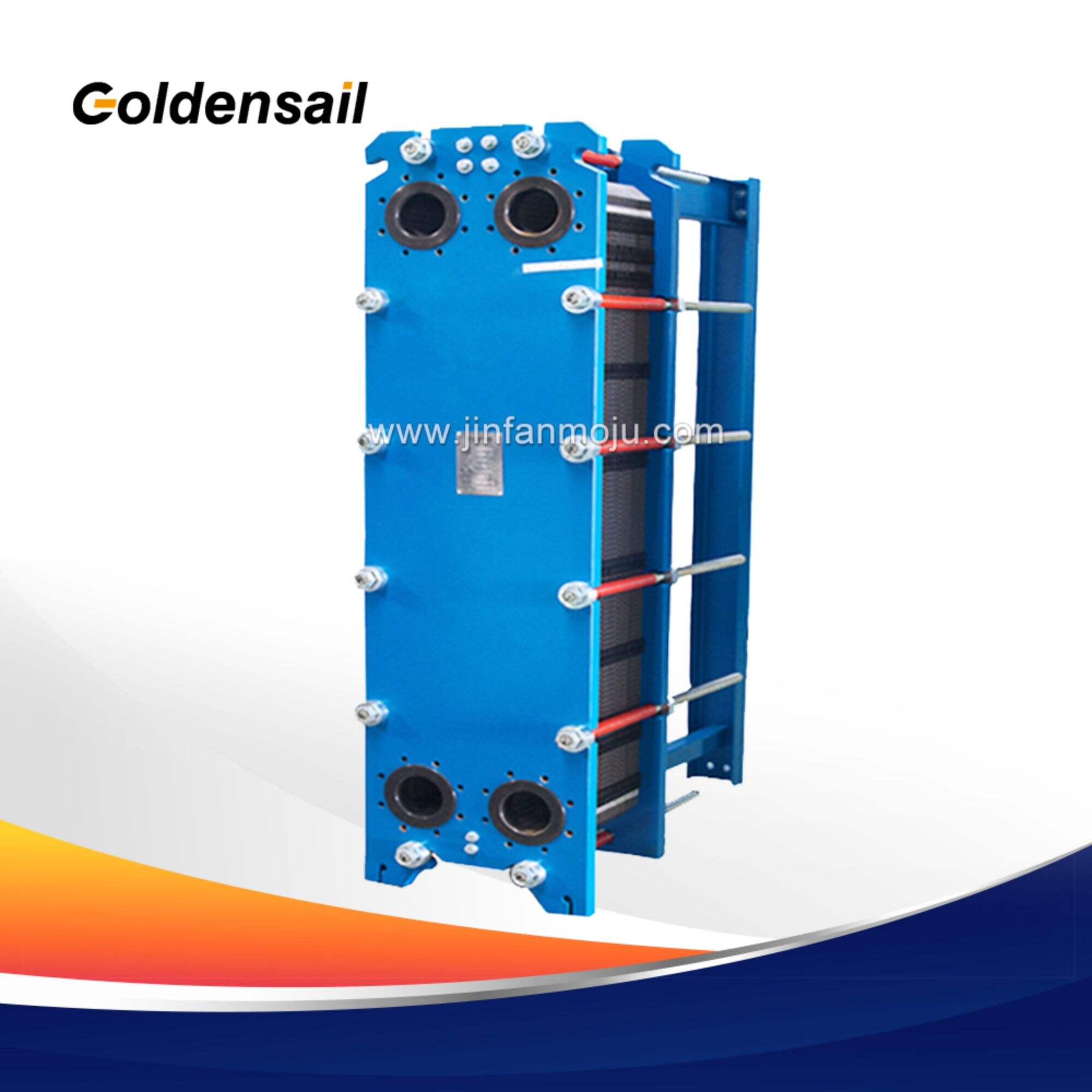
Aimed at energy and high-end manufacturing, it is suitable for ultra-high pressure applications such as high-pressure hydrogen production.
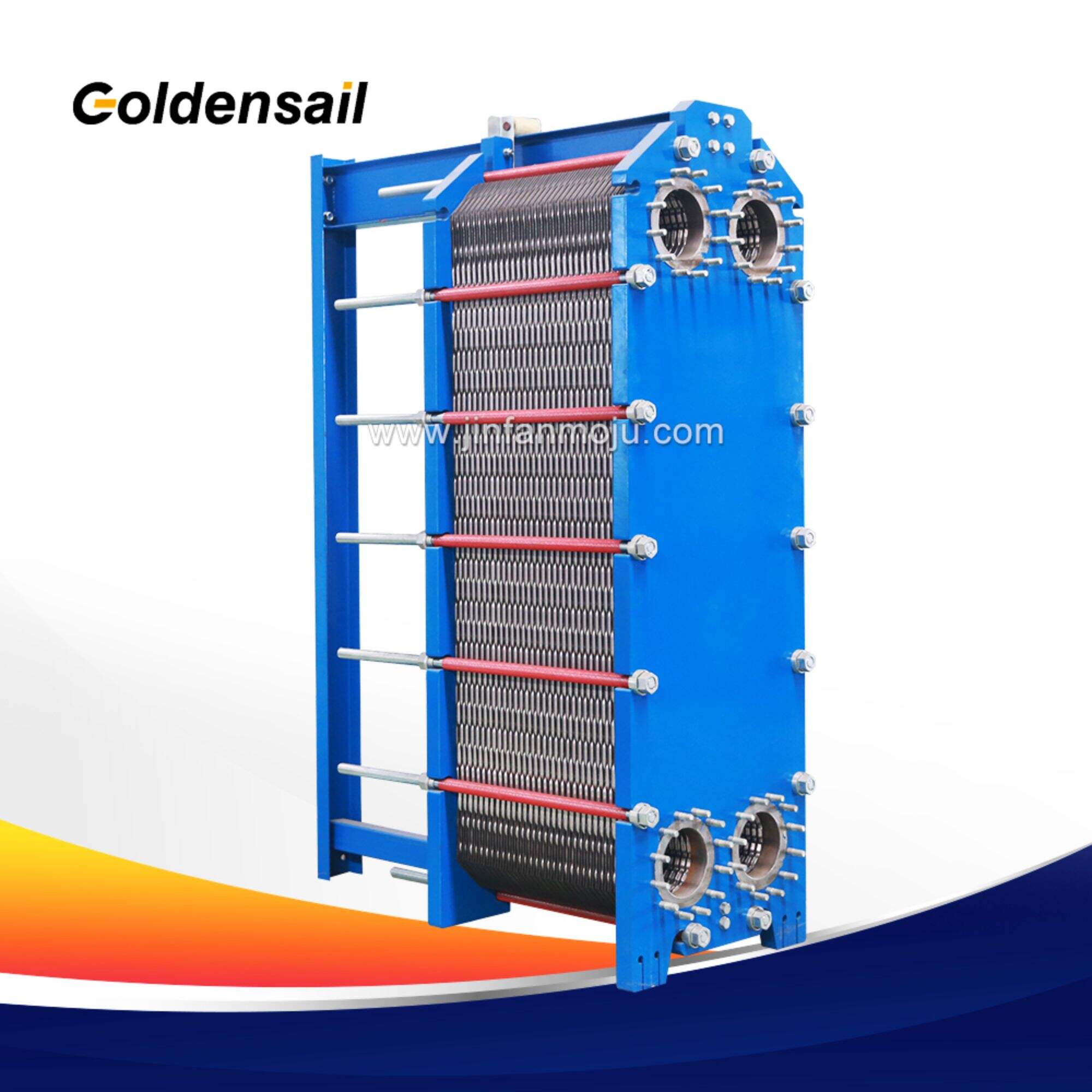
The unique wide flow channel design can easily handle media containing particles, fibers, pulp or high-viscosity liquids.
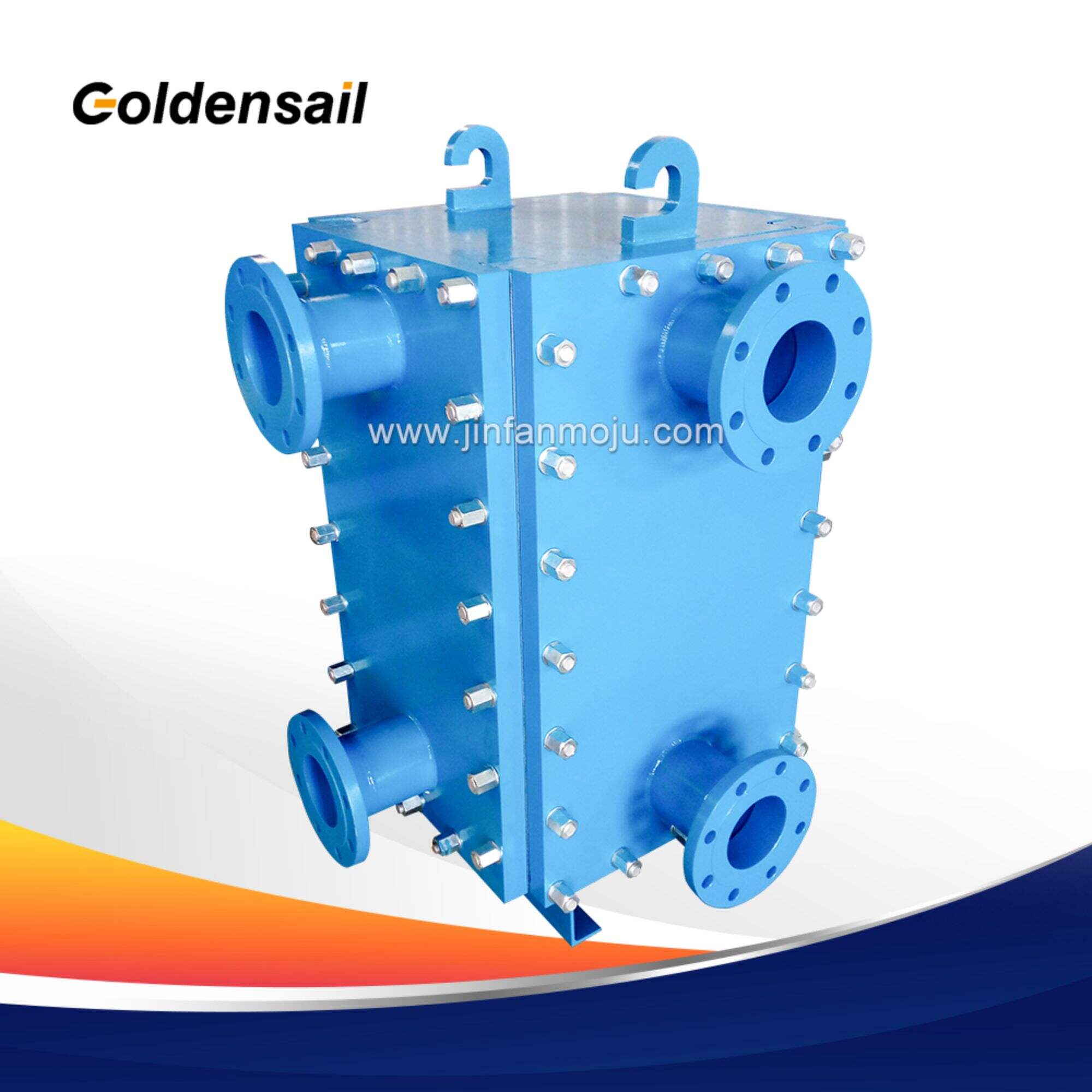
Without any gaskets, the risk of leakage is eliminated. It is widely used in the highest temperature, pressure and strong corrosiveness.